La Calatea: [Characteristics, Care, Planting, Irrigation and Substrate]
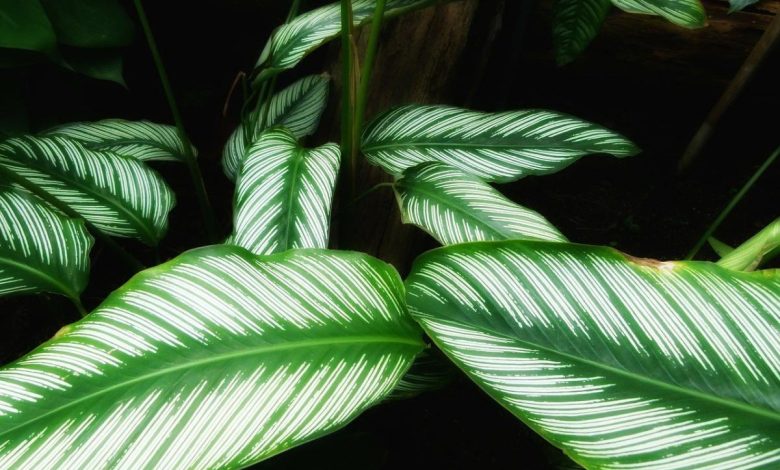
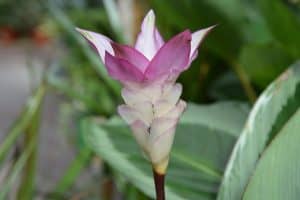 An indoor plant of great nobility is the Calatea or Calathea, belonging to the Marantacea family. It has very striking leaves with attractive colors and shapes that change a little depending on the variety.
An indoor plant of great nobility is the Calatea or Calathea, belonging to the Marantacea family. It has very striking leaves with attractive colors and shapes that change a little depending on the variety.
Its foliage is perennial, it remains green throughout the year, even in winter periods.
Characteristics of Calathea
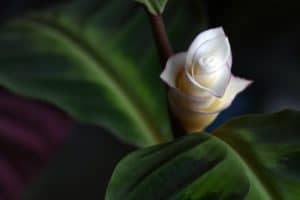 Coming from Brazil, the giant of South America, it has 25 species, some of which are known by the popular name of Zebra or Pregaria, thanks to the colorful colors and stripes on their leaves.
Coming from Brazil, the giant of South America, it has 25 species, some of which are known by the popular name of Zebra or Pregaria, thanks to the colorful colors and stripes on their leaves.
It is also found in wooded areas of Peru.
It can reach about 80 cm in height and if it receives the minimum necessary care, it will brighten up the corners of your house for a long time.
The Calathea rufibarba stands out as one of the most popular . It has elongated leaves of a deep dark green on the outside and a violet tone towards the center and on the underside, which attract a lot of attention. You will love having it at home.
Did you know…?Other varieties of this herbaceous species are: Calathea mackoyana, Calathea zebrina, Calathea insignis and Calathea ornata.
Outdoors, outside the Tropical American region where it was born, it does not fully develop, so taking advantage of its benefits at home is the best.
Let’s see some basic recommendations so that it always lasts beautiful.
Temperature: Where to plant a calathea?
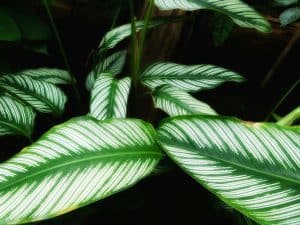 It feels full in climates that vary between 18 to 30°C. But since its origin is tropical, cold air currents and winter frosts do not suit it at all. She is clear that heat is her original climate and she needs high humidity.
It feels full in climates that vary between 18 to 30°C. But since its origin is tropical, cold air currents and winter frosts do not suit it at all. She is clear that heat is her original climate and she needs high humidity.
At home, grow it in a corner away from balconies or windows where a lot of air circulates, especially in winter.
Light: What needs do you have?
It really likes moderately lit environments, but it should not receive direct natural light. It even supports living in semi-shade.
Dry environments will not suit you. A relative humidity is achieved with regular spraying of its leaves, especially in summer, because the dry environment affects it and it warns by showing a brown spot on the tip of its leaves.
Substrate and Fertilizer: How do we prepare the land?
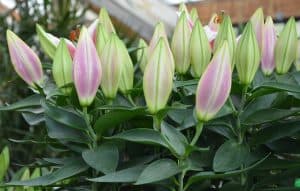 Gravel and peat added to the potting soil, along with a dollop of sand and leaf mulch, are really important in pots to help achieve optimal drainage of irrigation water and to retain good moisture.
Gravel and peat added to the potting soil, along with a dollop of sand and leaf mulch, are really important in pots to help achieve optimal drainage of irrigation water and to retain good moisture.
Do not forget that good drainage is synonymous with health for the plant.
Plant Calatheas step by step
- Choose an indoor spot that is well lit, but away from direct sunlight like a windowsill or coffee table.
- Remove the plant from the container, gently deflect the roots, and cut off any tangled or rounded roots.
- Place the pot and fill with the fertilizer mix, pressing gently. Water well keeping the water away from the leaves.
- After the initial watering, keep the soil moist (not soggy!), especially during the warmer months. During the winter, you can let the soil almost dry out before watering again.
- Fertilize biweekly from spring through fall.
Irrigation: How do we water and how often?
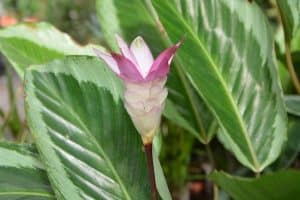 Its weak point is related to the absence of moisture. It cannot live without it, so the substrate that feeds it must always be moist. Not soaked in water.
Its weak point is related to the absence of moisture. It cannot live without it, so the substrate that feeds it must always be moist. Not soaked in water.
You have to water it every 2 or 3 days in summer. And in winter, about twice a week will do you good.
And remember that spraying leaves does not mean, in any way, that you should over-wet them. A controlled sprinkling is the best to reproduce the high ambient humidity required by this tropical species.
Calathea care
- Remove dead stems from the base of the plant.
- Gently wipe the leaves with a damp cloth to remove dust.
- Mist the leaves every two weeks to create a moist environment, especially in dry conditions.
- Divide and repot every 2 years in spring.
Possible calathea problems
Crunchy brown leaf edges and poor growth
This problem would be a classic case of low humidity.
These plants demand warm and humid conditions almost constantly, if this is not provided the leaves will quickly become ragged looking. Try to cut the brown bits and improve your treatment in the future.
Leaves are curved and blotchy, with yellow undersides
Very little water, that is, it lacks hydration.
The soil needs to be kept moist most of the time during the growing season. The only time it will forgive this is during the winter when it has stopped growing, if you let the soil dry out at any other time of the year these types of symptoms will show up.
Soft, rotten stems or fallen leaves
This could be a sign of overwatering, though it’s more likely a sign of the temperature being too cold or exposure to drafts.
The damage will not be reversible if this continues, move it to a warmer location or away from cold drafts immediately if you ever notice this happening.
Botrytis (gray mold)
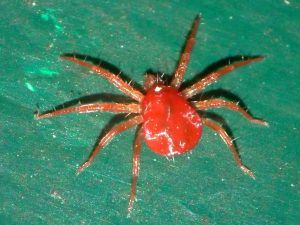 All Calathea plants love moisture. But if the ambient air is extremely humid, gray mold or brotitis may appear. Try to provide additional ventilation to the area.
All Calathea plants love moisture. But if the ambient air is extremely humid, gray mold or brotitis may appear. Try to provide additional ventilation to the area.
To combat it you can try copper oxychloride or sulfur compounds.
The red spider mite
Spider mites can be very difficult to spot with the naked eye, but they spin their story-telling webs that let you know what you’re dealing with immediately.
To combat it, try neem oil.
How long does it take to grow calathea?
The growth of the calathea depends on the variety you have in your home or business. Like many low-light plants, Calathea tends to grow slowly.
As for flowers, Calathea often bloom in the wild, but they tend not to bloom much indoors. There are some exceptions, such as the Calathea crocata species, which can produce beautiful orange flowers.
Most other Calathea plant species only have bright, colorful green leaves with other colors (such as purple) on the undersides of their leaves.

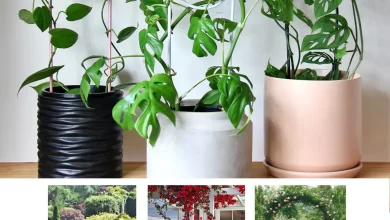
![Photo of How to Fertilize a Lemon Tree: [Components and Needs]](https://www.complete-gardening.com/wp-content/uploads/2022/08/how-to-fertilize-a-lemon-tree-components-and-needs-390x220.jpg)
![Photo of Surface Irrigation: [Concept, Advantages, Disadvantages and Requirements]](https://www.complete-gardening.com/wp-content/uploads/2022/08/surface-irrigation-concept-advantages-disadvantages-and-requirements.jpg)
![Photo of Portulacaria Afra: [Cultivation, Irrigation, Care, Pests and Diseases]](https://www.complete-gardening.com/wp-content/uploads/2022/08/portulacaria-afra-cultivation-irrigation-care-pests-and-diseases-390x220.jpg)